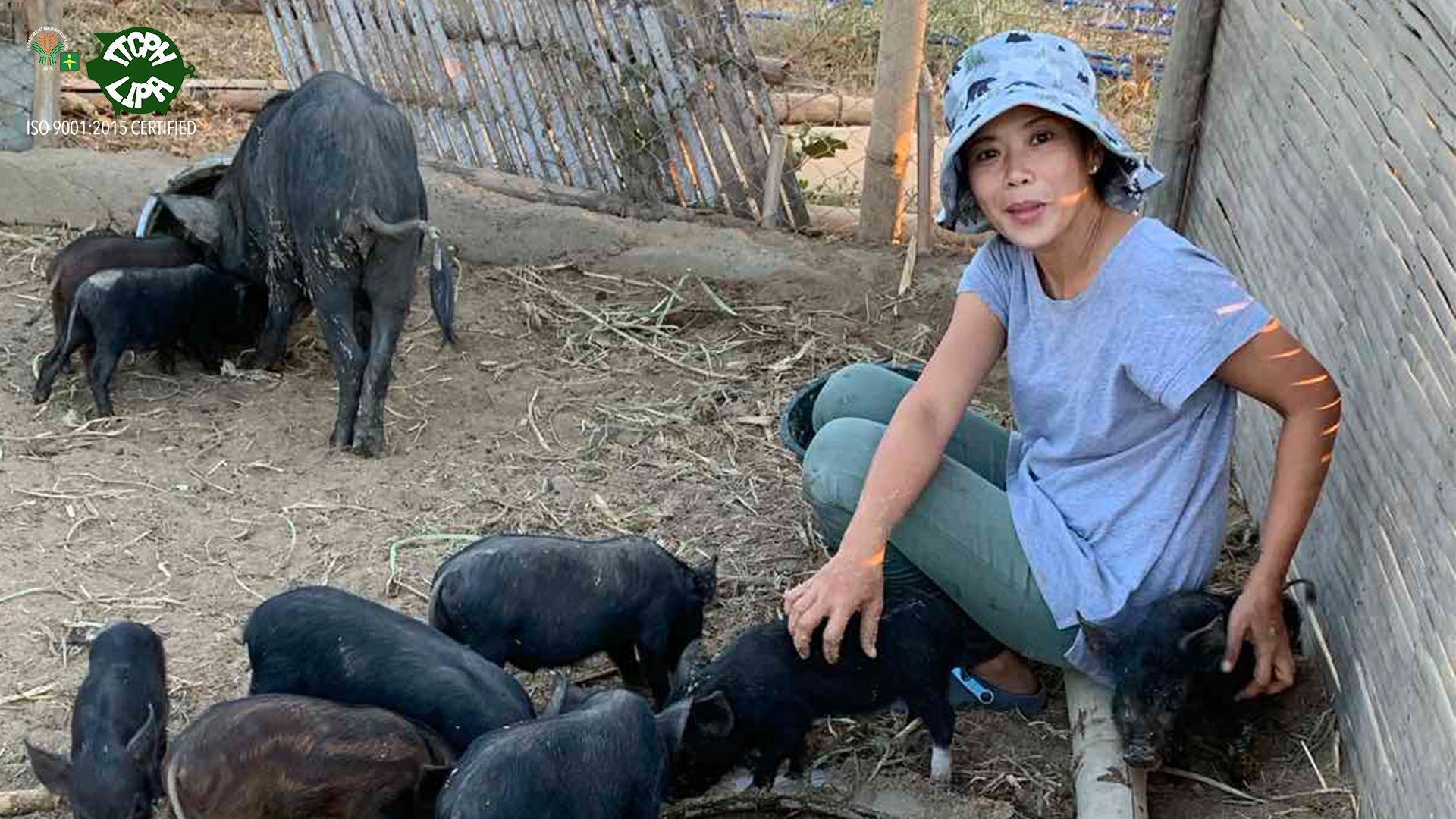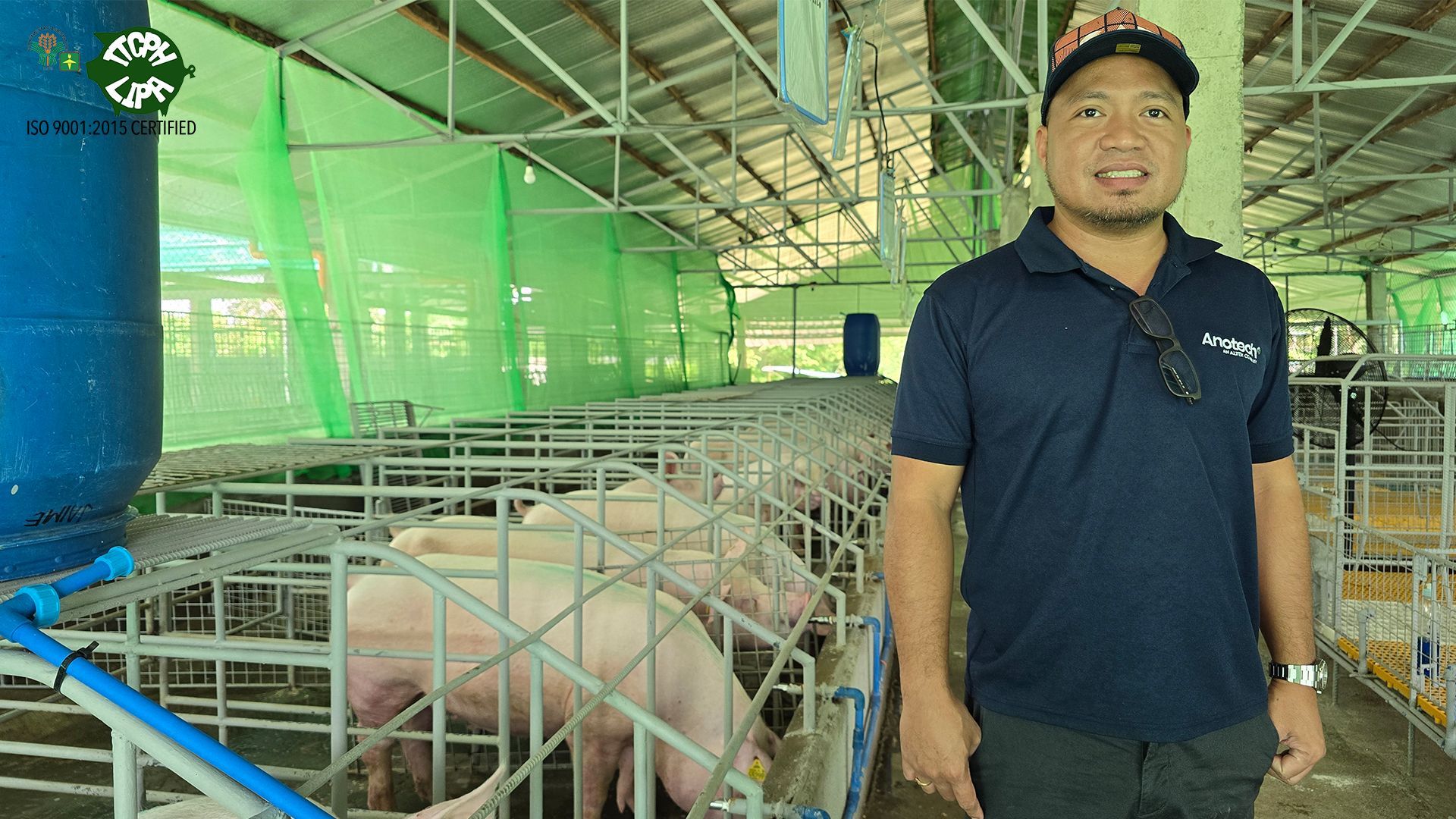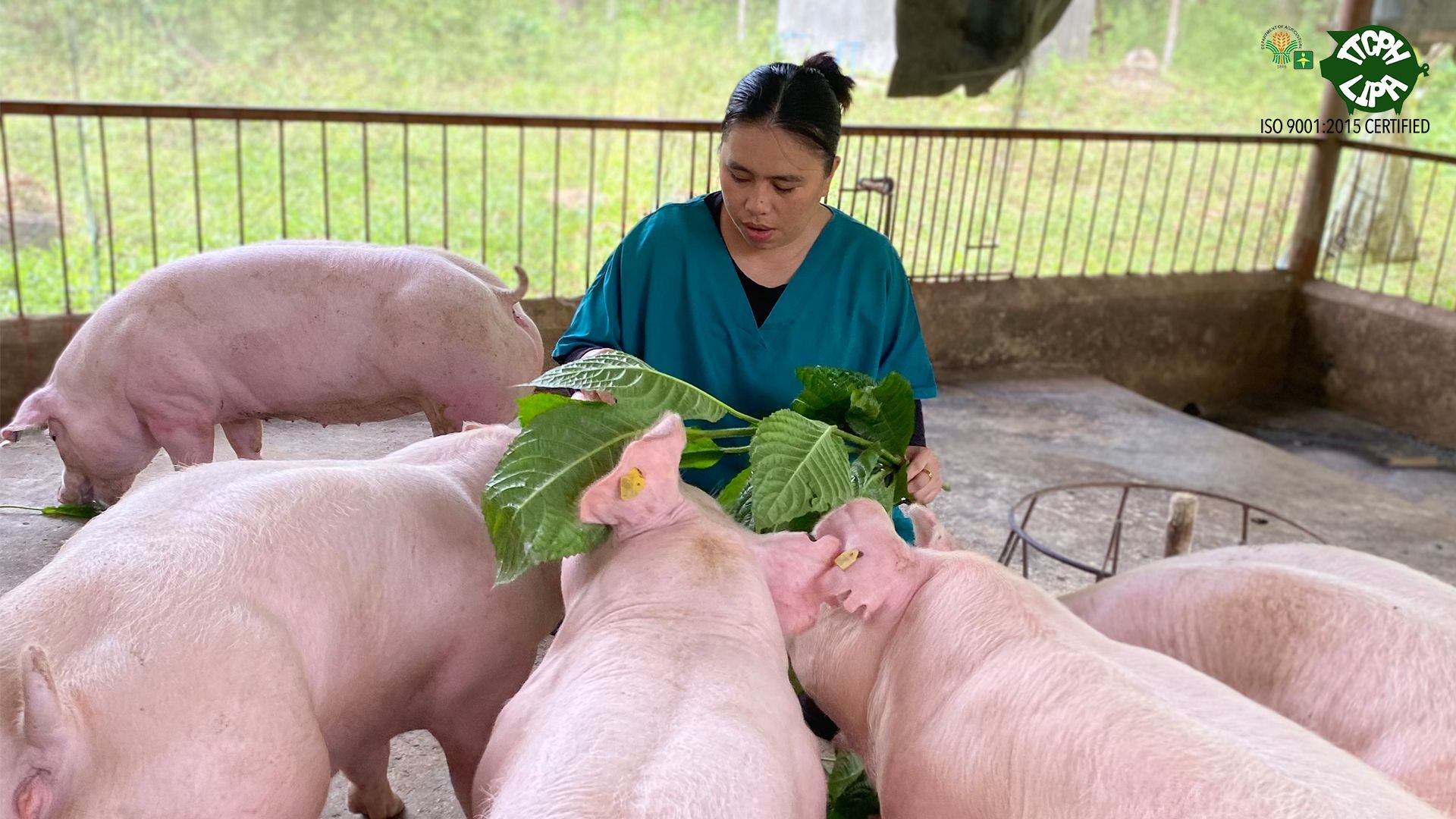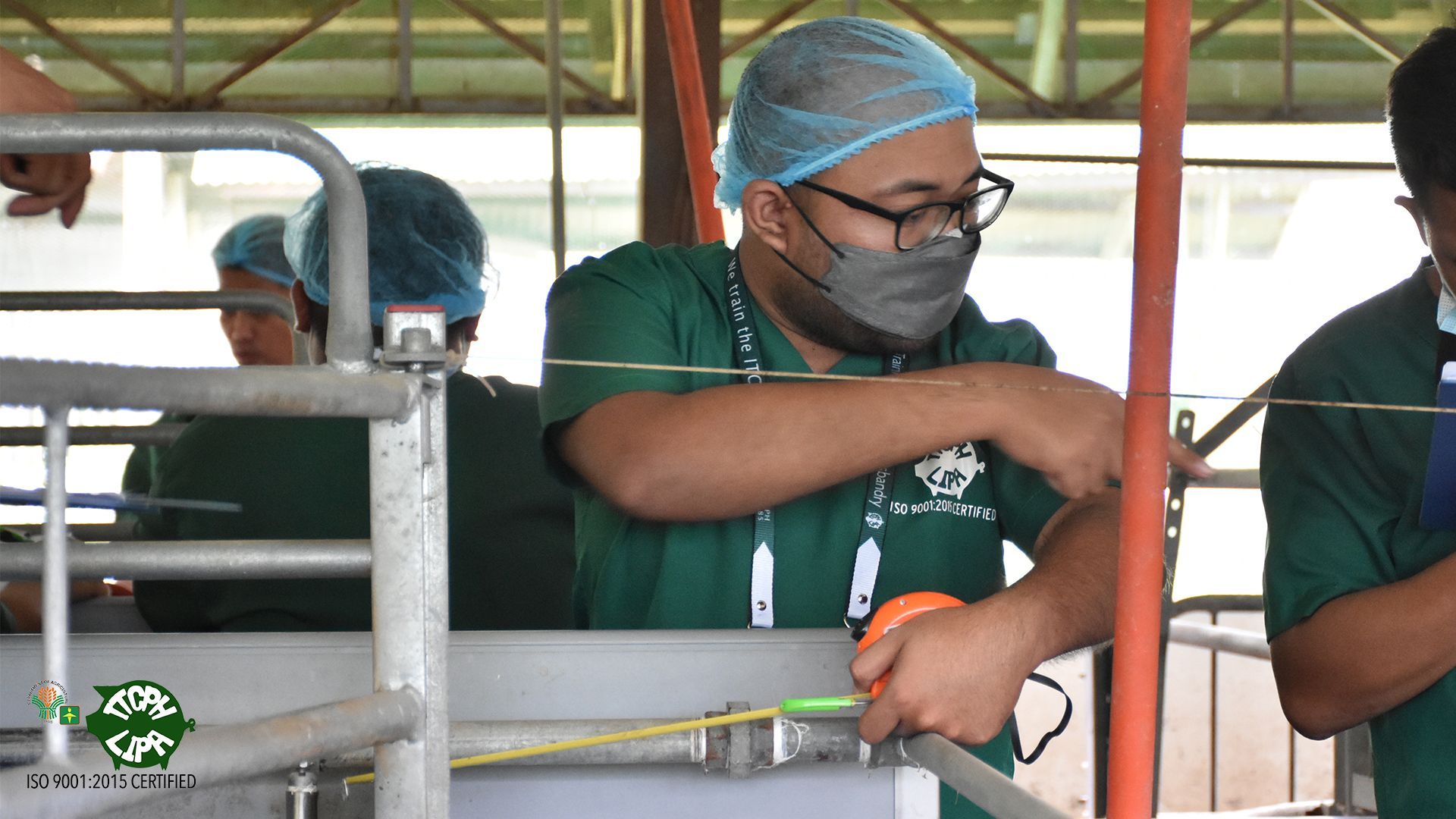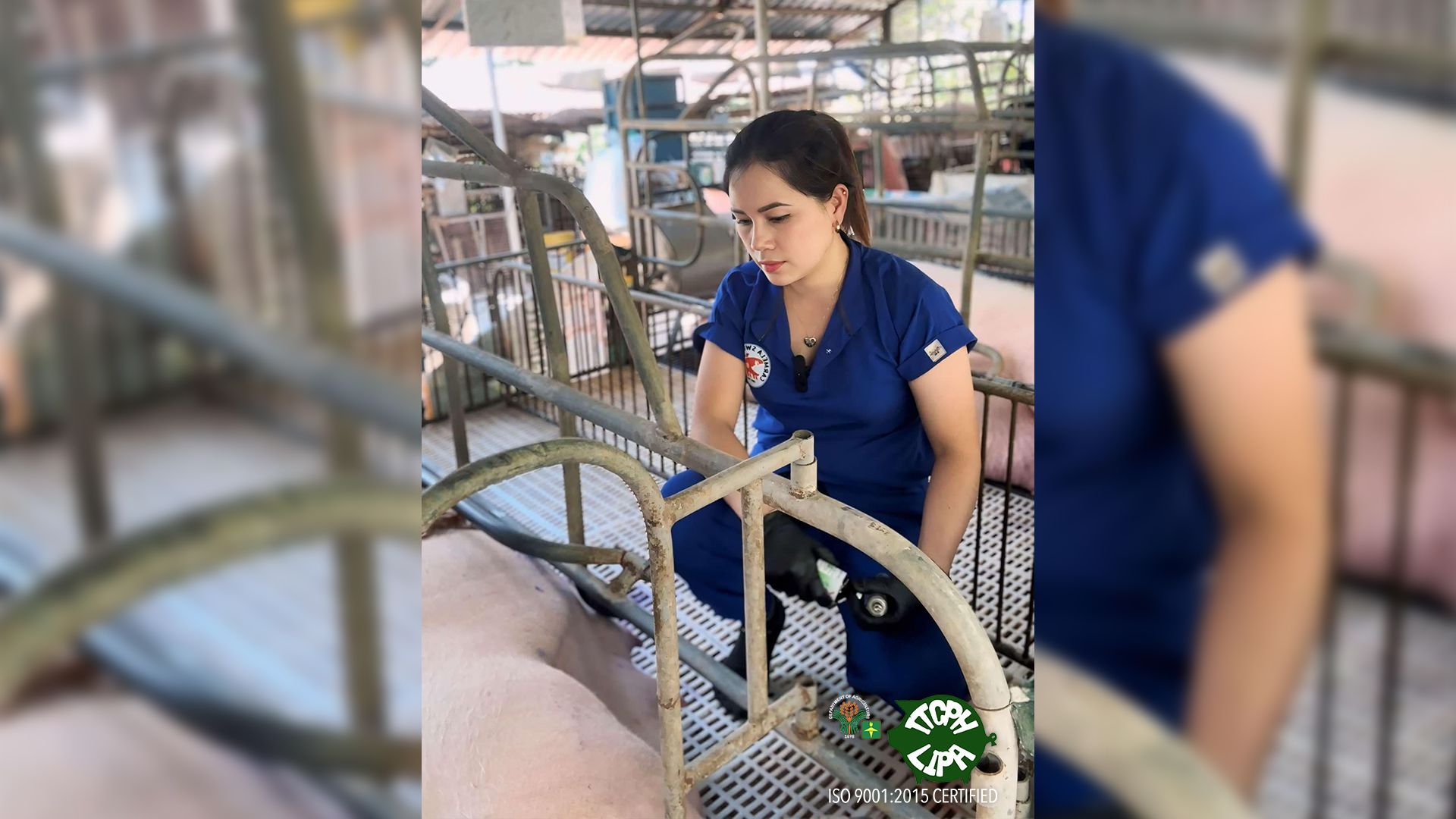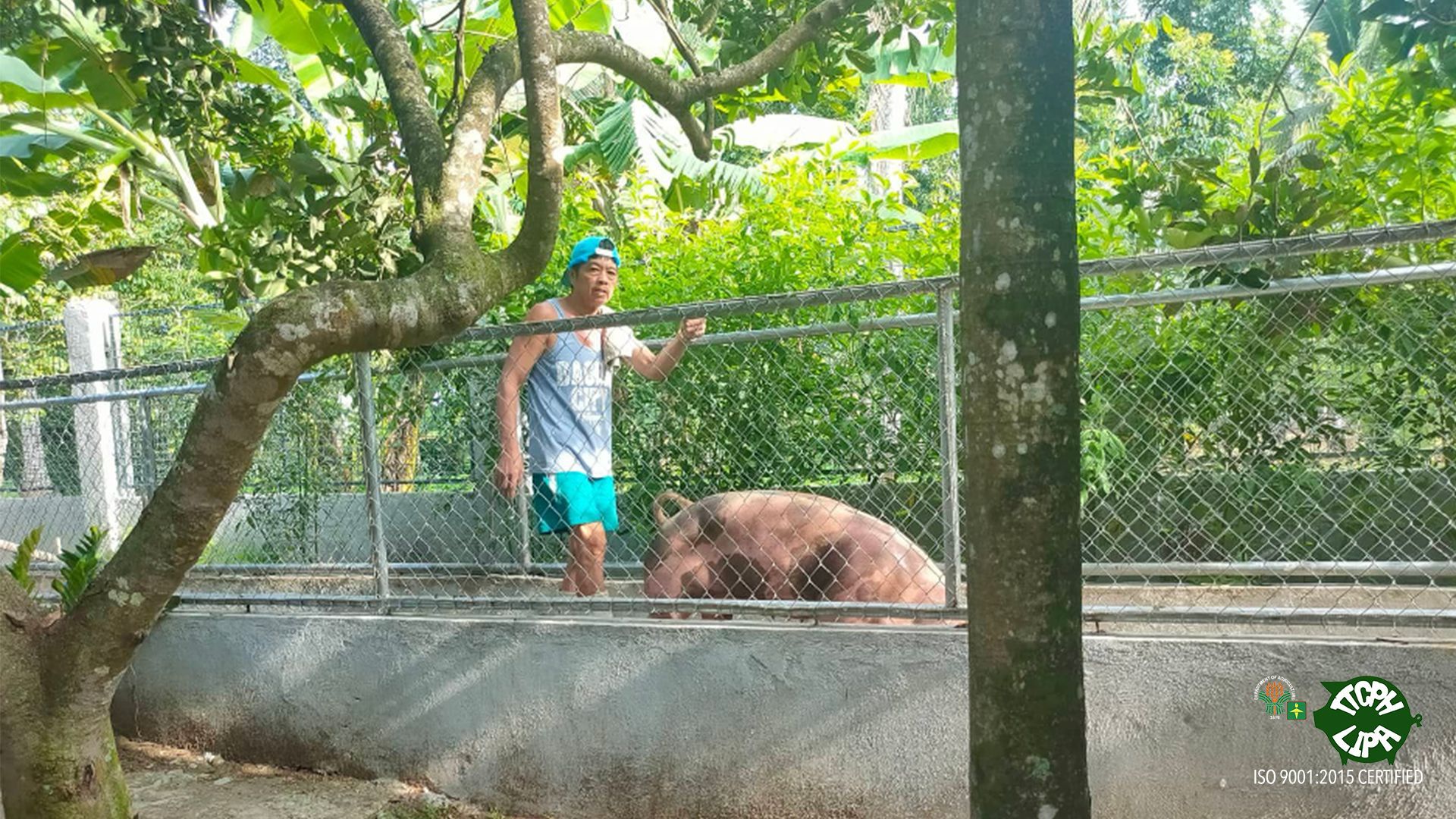Sailing Away to Become a Better Farmer: Jon’s Success in Pig Farming

“Pinatern ko lahat ng ginagawa sa farm tulad sa mga nauna kong trabaho sa pabrika at barko”
– Mr. Jonathan Maret G. Talag of Dasmariñas, Cavite.
Jon is a licensed marine engineer and has been in the domestic trade for three years until he pursued agriculture as a hobby and later as a main source of income. He eventually had to take over what his father has started since both of his siblings have decided to keep up with their chosen career.
It all begun upon a land acquisition in San Pascual, Batangas that kept his dad extra busy from maintaining fruit-bearing trees. Until one day,
Jon was surprised to see his dad raising pigs.
“Nagulat ako kasi meron na kaagad mga baboy e wala naman kaming kaalam-alam sa ganon”
Jon shares. In a 400 sqm pig farm lies the 25 duroc breed of finishers which they expected to be good gilts. As for the experienced pig farmers, all would agree that a duroc breed is found to be aggressive and does not possess a good mothering ability for piglets.
Upon taking the basic course on pig husbandry in 2019, this newbie was able to restructure their pig farm into a 22 sow-level farm with F1 landrace and large white gilts sourced from a reputable breeder farm. “Akala ko madali lang kase papakainin tapos lalaki na tapos benta, pero hindi pala”
, says Jon.
Equipped with proper knowledge and skills from the training, Jon was confident to keep the farm. He was a hands-on farm owner and applies the ITCPH way of growing pigs.
“Gusto ko maging analytical ang approach. Hindi pwede yung dumedepende sa alam ng iba, dapat vinavalidate rin”
, Jon emphasized.
He trained his animal caretaker from dry cleaning up to injection techniques, feeding, and management of sows and piglets. Jon makes sure the farm produces quality carcass and keeps an eye to the farm technical targets. In terms of finisher production, the 650 average daily gain (ADG) results to two-week earlier market of hogs. Other indicators for progress were improvements seen in the litter index from 1.0 to 2.0, a decline in the pre-weaning mortality of 12% to 2%, and a piglets born alive (PBA) of 15. Meanwhile, the use of records and application of disinfection to pens were also found to be useful. “Dati hindi namin iniintindi yung mga pagrerecord, pero ngayon meron kaming logbook, whiteboard, at hiwalay na record sa office”
, he proudly shares.
Jon adds that his learnings from the Center took effect after a year, with 80% return of investment and 40% profit per sow. Aside from commercial pigs, he also maintains goat and native pig production. Proper waste disposal was also put into practice. A biogas digester 70 meters away from the kitchen was made available and supplies free gas for cooking purposes. According to Jon, waste management is a social responsibility of every pig farmer.
Amazed with the technical knowledge and assistance from the Center, Jon adopted the technology of artificial insemination. He purchases at least four doses of processed boar semen from ITCPH through a courier.
With African swine fever (ASF) around the corner, Jon has already implemented strict biosecurity measures in their piggery. Perimeter fence, disinfection for vehicles and delivery trucks, shower room and foot wear are just some of his guards to avoid the entry of any disease infection.
Mr. Talag was a seaman turned agripreneur, who enjoyed pig farming through its scientific and analytic approach of doing.
Who would have thought that a high-earned individual would venture in swine, upon knowing nothing from the basics of pig farming?
Jon’s experiences from his previous jobs in the factory and ship enabled him practice farming in a systematic manner. He sailed away from his usual route and managed to find passion and love for farming through pig raising.
There is no definite map to find success, but there can be a clear direction on how to become an ace either on a sea or in a pig farm.
#ITCPHway #LearningByDoing
